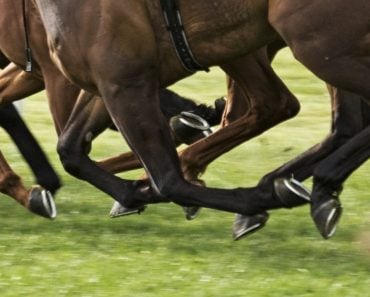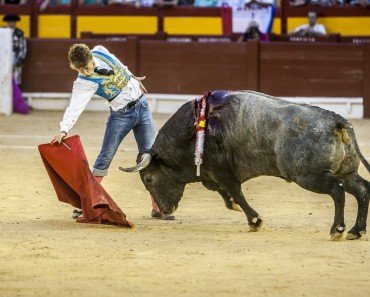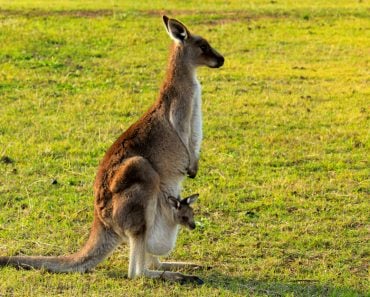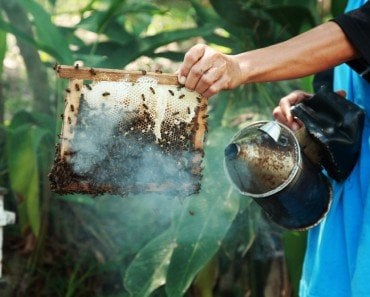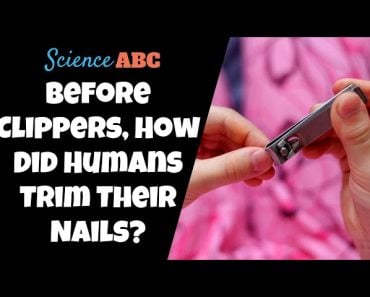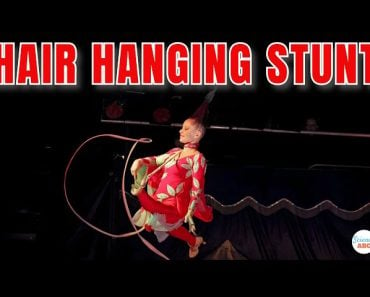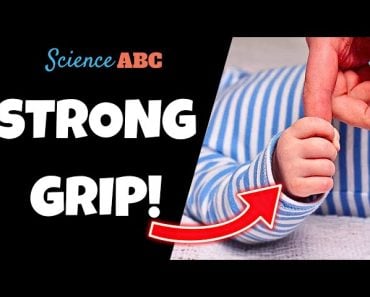Table of Contents (click to expand)
The nose rings you see on cattle, often the bulls, help the farmers control the animals and to wean young calves off their mother’s milk. Research suggests that using a nose ring might actually be more ethical than other methods employed to control cattle.
When cows or bulls wear nose rings, it is not a social or fashion statement. Farmers use this piercing to control or handle their cattle and sometimes prevent suckling by younger herd members.
For a bull calf between 9 and 12 months old, the ring makes it easier to handle them. A professional vet will carry out the cow’s nose piercing. The ring, usually made of stable and non-reactive materials, such as brass or stainless steel, is pierced through the nose septum. Once they grow into adult bulls or cows, they have grown accustomed to being controlled and adapt well to their piercing after it completely heals.
Before we consider whether the practice is necessary, let’s take a look at why it is done.
Recommended Video for you:
Calf-weaning Rings
Calf-weaning or anti-suckling nose rings are clip-on nose rings made of bright plastic material. The plastic ring has spikes around it, which prevents the calf from suckling.
When a calf wearing such a ring presses against the udders of the mother cow, the mother actively rejects it, and the calf gets separated naturally. Farmers need the milk that cows produce to sell dairy products. The longer the calf suckles, the less milk the farmers will have to sell.
The anti-suckling nose ring is one way farmers use to wean young calves off their mother’s milk.
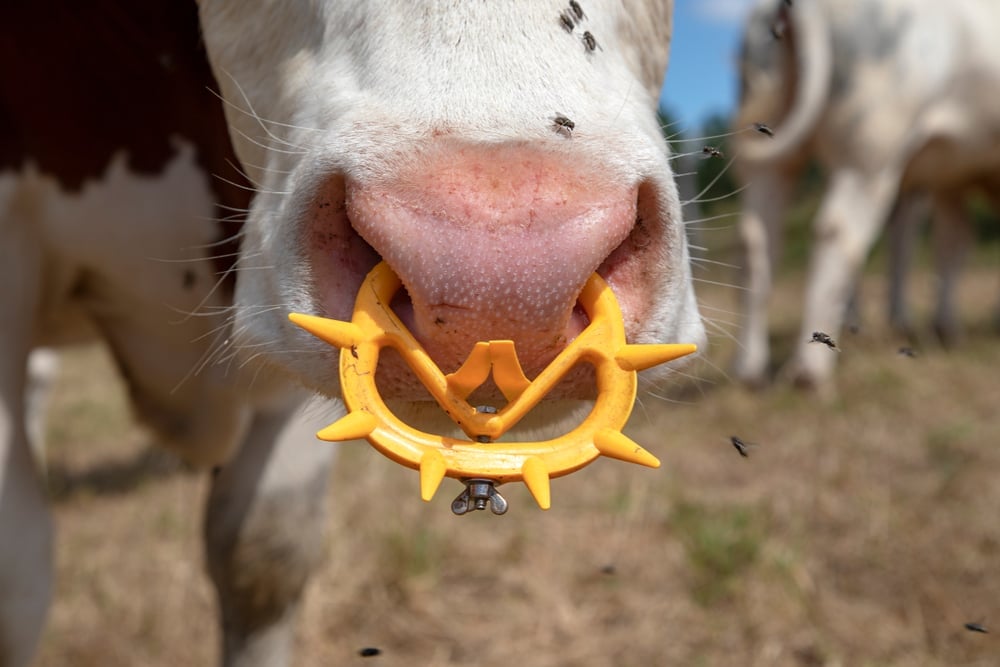
Adult Cattle Rings
The nose is one of the most sensitive parts of any animal. In some cases, farmers prefer pulling and guiding the animal using the nose ring, rather than by hand or with a rope and tong. Farmers also use extra ropes to tie the ring and the horns together for additional control.
A bull staff or bull pole is a long pole attached to the nose ring. It could be made of wood, for bulls younger than 10 months, and a metal pole with a hook is used for older bulls. This pole allows farmers and breeders to maintain a safe distance from a bull as they guide the bull.
A show bull can get its piercing when it’s as young as 9 months old.
Not every bull needs to have a ring, but it is recommended for the safety of both the animal and the handler. In some cases, a nose tong is used to temporarily control the animal. Nose tongs are clip-ons that pinch the nose septum. Vets might use these while they treat the animal, whereas a tong might be used on cows at agricultural shows.
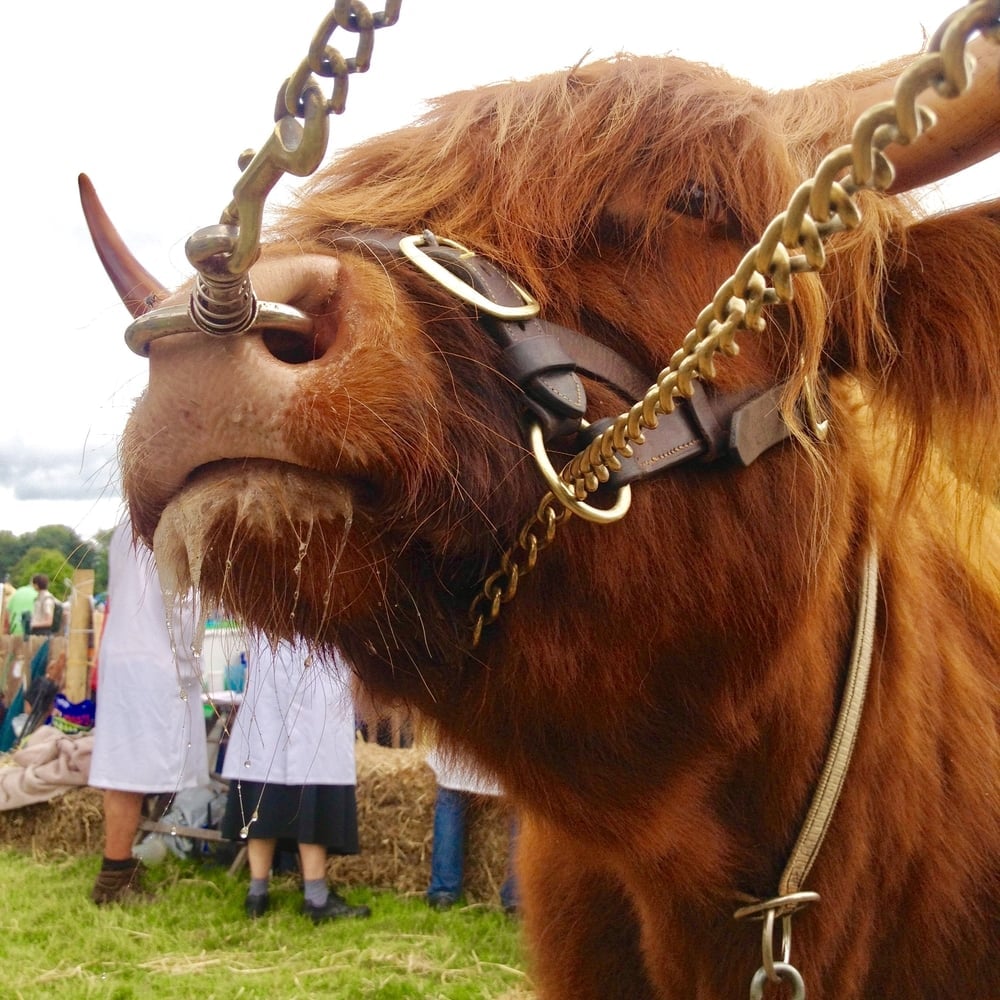
Other Animals With Nose Rings
Pigs are smaller animals, but need a nose ring to help them freely rummage through leaf litter and their food without their big nose getting in the way. Applicable for some pigs only, not every farm animal needs a nose ring.
Sheep and goats are some other examples whose young ones wear nose rings. Goatherds and shepherds have much more to worry about than separating all the lambs from their mothers. To assist in weaning, they put on nose rings or nose flaps. It’s exactly like a slip-on temporary nose ring, but it clamps the septum, rather than piercing it.
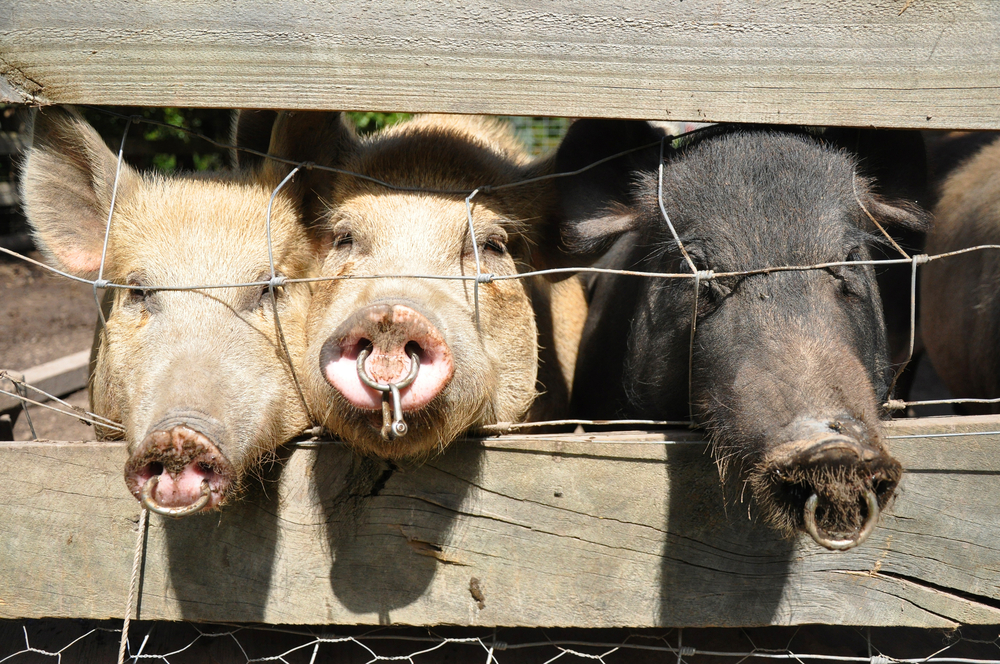
Is It Necessary?
It is, and in some cases, it is the more ethical course of action.
A 2005 study found that the clip-on nose ring was a gentler way to wean calves away from their mother’s milk. Calves that were forcibly separated conventionally bawled 20 times more than the group that wore clip-on suckling devices prior to separation from their dams. In the conventional method, calves are abruptly separated from their mothers using a fence line. The method which uses the nose clips is more gradual, which gives both the cows and the calves time to adjust.
In some circumstances, when a bull is involved, nose piercings are necessary for the farmer’s safety. A bull can weigh over 500 kg (or over 1,100 lbs). Even with a nose ring, bulls cannot be trusted without a bull staff or nose pull. Imagine the cattle’s caretaker handling a bull and risking his life every single day!
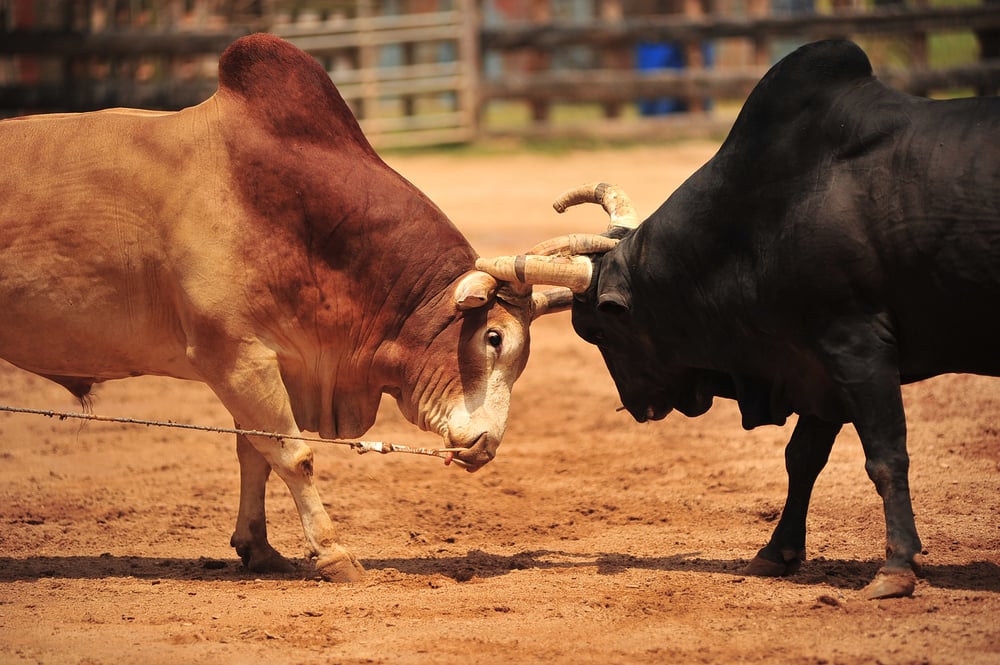
Bulls are unpredictable. When these animals are irritated or annoyed, using a nose ring to tackle and subdue the bull from its defensive position is the only option some caretakers can employ.
Some experienced farmers might suggest not using nose rings, due to their individual preference and skill (often citing animal cruelty as a reason). It ultimately depends on the owner and whether they would like extra assistance in controlling their cows, bulls and other cattle.



